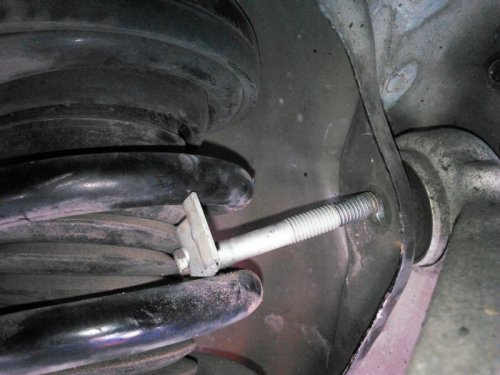RigsLS
Dedicated LVC Member
- Joined
- Mar 10, 2012
- Messages
- 7,734
- Reaction score
- 523
What's the deal with only tightening the bolts on the UCA front/rear when the car is lowered back down,
what would happen if say the rear UCA were replaced and tightened in place before the car was lowered back onto the ground.
I looked at it and to me it just seems like a large bolt through a hole in the metal bushing surrounded by rubber, should be able to move around whether the car is raised or sitting on ground level.
why is this step necessary and what would happen if it wasn't done this way?
Any insight on this?
what would happen if say the rear UCA were replaced and tightened in place before the car was lowered back onto the ground.
I looked at it and to me it just seems like a large bolt through a hole in the metal bushing surrounded by rubber, should be able to move around whether the car is raised or sitting on ground level.
why is this step necessary and what would happen if it wasn't done this way?
Any insight on this?


